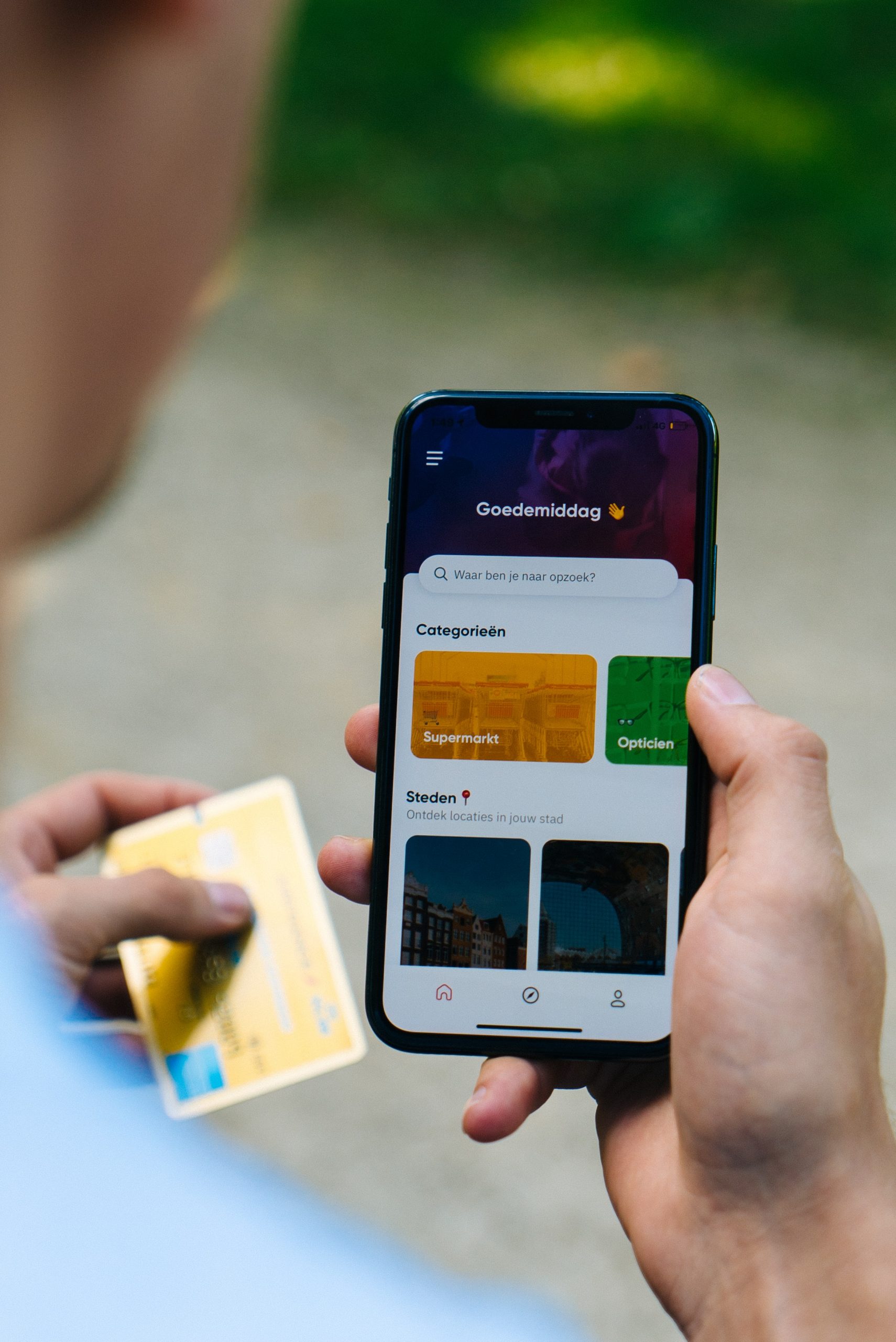The front-end experience and fully integrated back-end operations are both equally important areas for a successful ecommerce store. In this blog, we’ll focus on how to optimize the mobile shopping experience of your online store and increase sales, aka mobile commerce.
If you run an ecommerce company, you need to use the right strategies to stay afloat, not to mention actually getting ahead in your market. However, this is much easier said than done. Long gone are the days when simply putting up a buy button alongside your product page was enough to generate repeated sales.
source: pexels.com
In fact, one of the most important factors that retailers often overlook today is the mobile shopping experience. They either don’t invest enough time or enough money into making mobile a smooth process for their customers. Neglecting mobile can frustrate your target market, prevent referrals, and ultimately make your business succumb to the competition.
Therefore, we will discuss why mobile optimization is so important and provide you with specific tips to improve your mobile ecommerce experience. That way, you can make customers happier, improve your brand’s reputation, and increase your sales. Let’s dive in.
The Importance of the Mobile Shopping Experience
Mobile is no longer a secondary priority. In fact, as early as 2015, Google reported that mobile usage was overtaking desktop already. This means that if you don’t have an optimized mobile ecommerce store, you are actually behind.
Consumers today use their phones to shop, to look at news stories, and to communicate with friends. Every business should be taking advantage of mobile usage to boost its bottom line.
What Does It Mean To Have Your Ecommerce Website Optimized For Mobile?
Put simply, shoppers want to easily purchase products without being in the store and using their devices. An optimized website for mobile shopping is fast-loading, intuitive and user-friendly.
Optimizing the mobile shopping experience of your site is not an easy endeavour. For instance, what should you take into account when planning your optimization efforts, and how can you benefit from it? Let’s talk about the strategies you can use to enhance the mobile experience of your ecommerce site for your customers.
Personalization
Understanding your market is a crucial first step in making their mobile shopping process smoother. By personalizing your shopping funnel to their needs, you will make it easier for them to buy from you.
For instance, you can collect GPS location data to show the page of the store nearest to your customer if you have multiple locations. You can even show them more accurate shipping times based on their location.
Additionally, you can send customized coupons to customers based on their demographic or previously purchased products. This higher level of relevance will make them more likely to become a repeat buyer.
Site Loading Speed
Many businesses are probably unaware of how much revenue they lose each year because of their slow mobile site speed. People simply don’t have the same amount of patience they used to. If your site fails to load quickly, they may simply leave to buy from competitors.
Not only can a faster speed improve your customer’s experience directly, it also helps with your SEO (Search Engine Optimization).
Search engines like Google will rank your site higher and even make your paid ads less expensive as a reward for a faster website. If you are curious about your current speed, you can use a tool like Mobiletest.me to test it out.
Cut Out Unnecessary Features
Keep in mind that your ecommerce store has one goal — to sell more of your products or services.
Unlike news or “information” sites, you don’t want anything on your page that is unnecessary in the process of encouraging consumers to buy from you.
Luckily, with the data available to companies, you can often see the specific queries and keywords that searchers used to find your webpage. In that respect, you can craft your on-page content to be as specific and relevant as possible, shortening the buying cycle and increasing revenue.
Create an App for Mobile
If at all possible, you should seek to create a custom-built app just for your ecommerce site. A mobile app has a number of benefits over a traditional webpage.
First of all, you can send push notifications directly to their phone to alert them of special deals and promotions. Then, when customers are shopping through your app, you have the opportunity to manage their orders more efficiently, as well as collect additional data in order to display relevant products they may be looking for and cross-sell.
Finally, you will minimize the risk of shoppers finding your competitors by using online search methods, as they can simply log into your app and only see products from your store.
Integrating Front End With Back End Operations
You need to take a holistic approach when it comes to your ecommerce store.
Make sure that the back end, and not just the front end, of your ecommerce site is optimized. You should aim to seamlessly connect all the data points that you’re receiving from your online store with your back-office channels.
By doing this, you can ensure that you “own” your customer and ecommerce data.
By partnering with an integration expert like VL OMNI, you are able to seamlessly connect your systems and applications plus automate the flow of data across your business. The VL OMNI platform also includes discrete business rules via our business rules engine as a part of all of our Connectors, applied directly to the data as it moves between applications.
This means the integration solution fits your business’ needs and goals – not the other way around. Browse some of the most popular VL OMNI integrations to learn more.
Track User Activity
With so many technologies available, not tracking your user activity is like leaving money on the table. Oftentimes, you can track this activity for free.
By collecting and then analyzing consumer data, you can identify what types of content your users are engaging with more, as well as zero in on problem areas quickly. You may discover, for instance, that a particular page or element is broken and causing difficulties.
You can then fix these issues or improve your page conversions over time by switching out headlines, CTAs (Calls to Action), and other copywriting aspects.
Mobile Commerce: Sell More Through Mobile
When it comes to the mobile shopping experience of your ecommerce store, you can’t leave anything to chance.
Now more than ever, the mobile version of your online retail store is a key component of your business strategy going forward. If you ignore it, you could miss out on sales, referrals, and revenue aka mobile commerce.
Because of this, you need a guide that shows you the different steps to optimize your mobile experience. So review the tips above. If you are looking for expert help to optimize your mobile experience, you can always reach out to our Agency Partners.
Make sure you have a strong vision of where you want to take your ecommerce business in the future. That way, you can select the two or three most important mobile ecommerce tips to implement today in order to give you a decisive edge over your competitors.
About the Author:
Michelle Laurey works as a VA for small businesses. She loves talking about business, and productivity, and shares her experience with others. Outside her keyboard, she spends time with her Kindle library or binge-watching Billions. Her superpower? Vinyasa flow!
 D365 Business Central
D365 Business Central Netsuite
Netsuite




